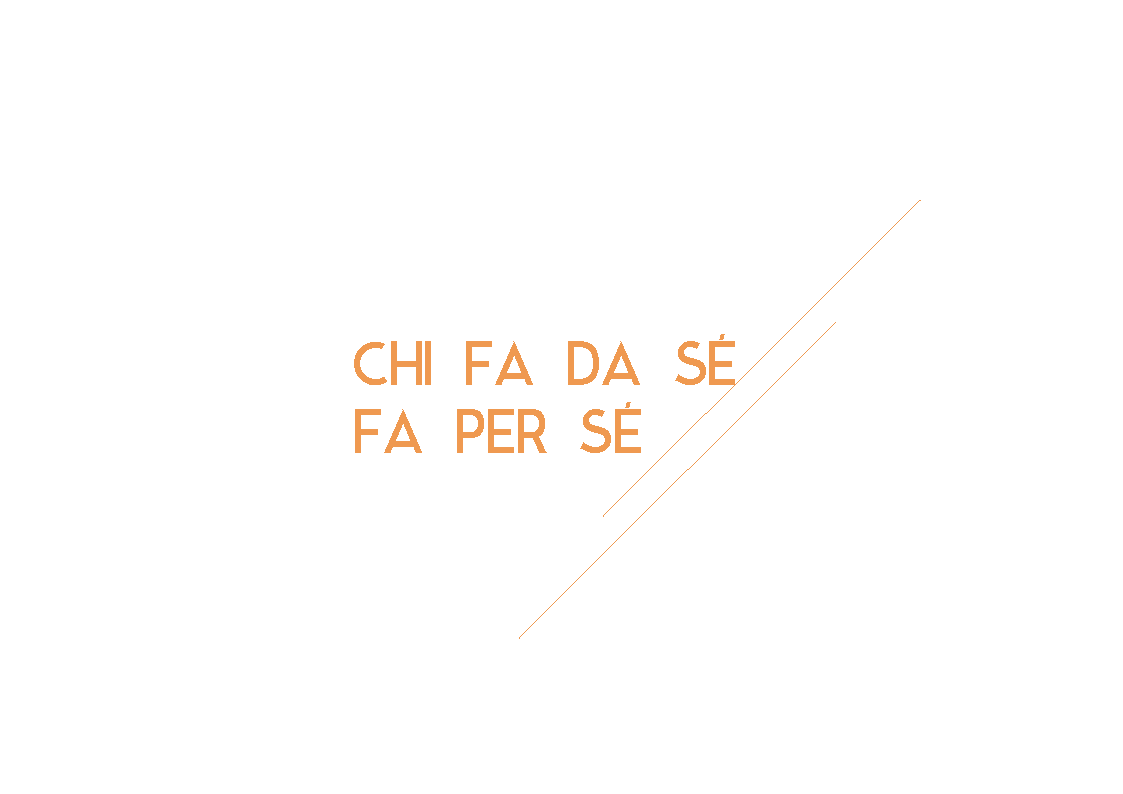Crafting a Website for RAVIV: Strengths and Weaknesses in Design: a case study
Creating a website for RAVIV posed unique challenges, primarily due to the absence of a well-defined brand identity and a limited design culture from the client. However, the design team successfully implemented several effective elements while navigating these constraints.
Homepage: Strengths and Weaknesses
The homepage of the RAVIV website features an engaging design concept. The use of diagrams to represent different sections is innovative and visually appealing. Additionally, the transparency of the modules and the resulting color blends effectively convey the idea of cooperation among diverse actors. This design choice brilliantly underscores the network’s collaborative ethos.
However, the color contrast, particularly between light yellow and light blue, is insufficient for easy readability. This issue stems from low luminosity contrast. To improve readability, increasing text size and weight, capitalizing text, or darkening the blue are recommended. Furthermore, the lengthy section names in the dropdown menu complicate navigation. Simplifying these names would enhance user experience. Consistency in typography—uniformity in how the network’s name is written—and adherence to French punctuation rules would also polish the site’s professional appearance.
Clickable Elements and User Navigation
The design follows an older convention of underlining words to indicate they are clickable, which hinders readability in long texts. Modern approaches, like highlighting text on hover, could signal clickability without disrupting the reading flow. The dropdown menu would benefit from rearranging items to align with the underlying content, providing a logical flow that enhances navigation. Membership-related items, for instance, should precede the “Why and How to Join?” section.
Color Palette: A Double-Edged Sword
The colour palette presents a stark contrast: the homepage opens with bright, vivid colors, while the rest of the site features muted, desaturated tones. This disjointed scheme can be jarring. Pages in yellow and khaki, lacking neutral backgrounds, feel stifling. Incorporating more neutral tones could alleviate this. The inconsistent use of bullets and poor color contrasts, such as yellow on light khaki, further challenge readability. Introducing a teal shade close to the existing light blue adds confusion and detracts from coherence.
Readability and Consistency
Titles and blocks representing member companies suffer from poor readability due to insufficient contrast with the background. The introduction of coral seems unnecessary, given the existing coherent palette. The traditional yellow and khaki design of the “core business” section feels disconnected from the rest of the site, creating the impression of navigating to a different website. This inconsistency is reinforced by the homepage’s drastically different colors. Strong color filters on images often obscure key details, and light yellow and blue text on light pink is hard to read.
Header and Footer: Disruptive Changes
Frequent changes in header and footer colors disrupt readability and coherence. A consistent color scheme throughout would enhance user experience. The use of background grids adds dynamism, and khaki text introduces color while maintaining readability. Consistent use of red ties the design to the unchanged logo, fostering visual harmony.
Blog Section: Navigational Clarity Needed
The blog section’s access method is unclear, but the concept of colorful blocks on a white background is visually appealing. However, introducing a new shade of blue is unnecessary. The simple, readable typography complements the colorful design, giving the site a playful appearance. The use of colored blocks enhances this effect, reinforcing the site’s engaging and approachable character.
Conclusion
Designing a website for RAVIV without a defined brand identity required creative problem-solving and strategic thinking. While the design successfully implemented several engaging elements, the lack of a consistent brand identity and limited design culture led to several challenges. By focusing on readability, navigation, and a cohesive color palette, the site could be further refined to enhance user experience and visual appeal. This project highlights the importance of a well-defined brand identity and the need for a robust design culture in creating effective web designs.
A case study by Elise Dubois, designer and researcher




